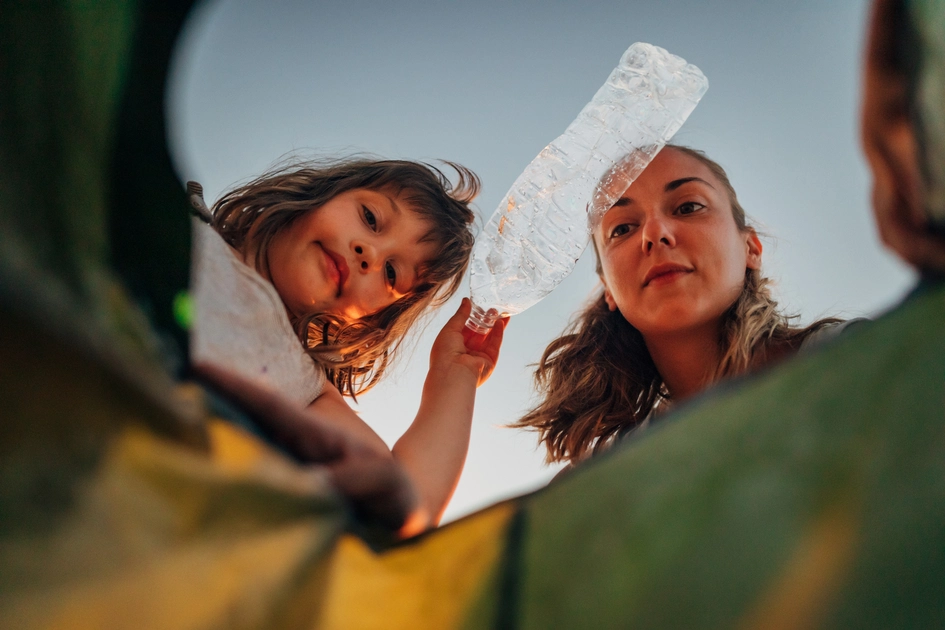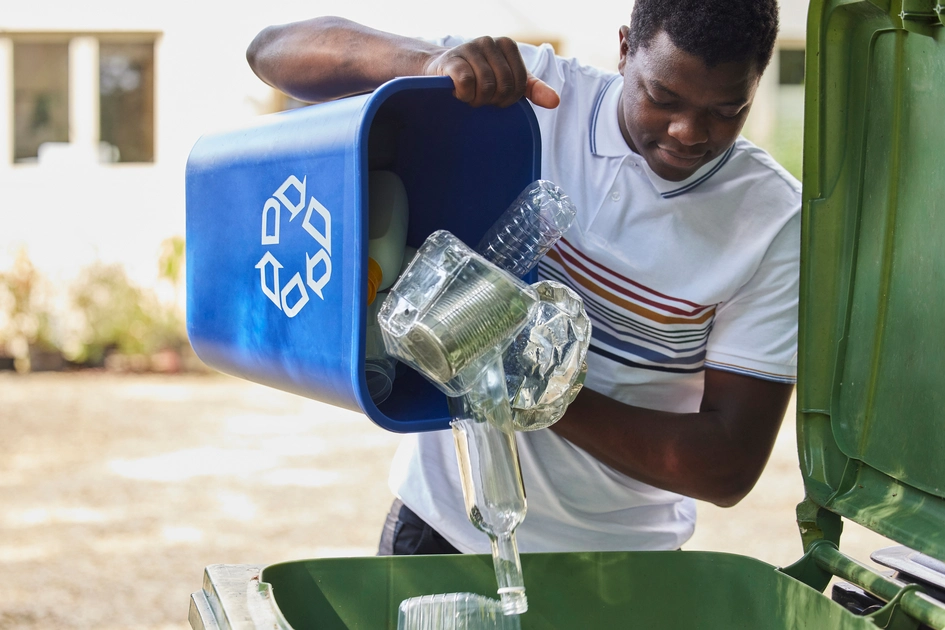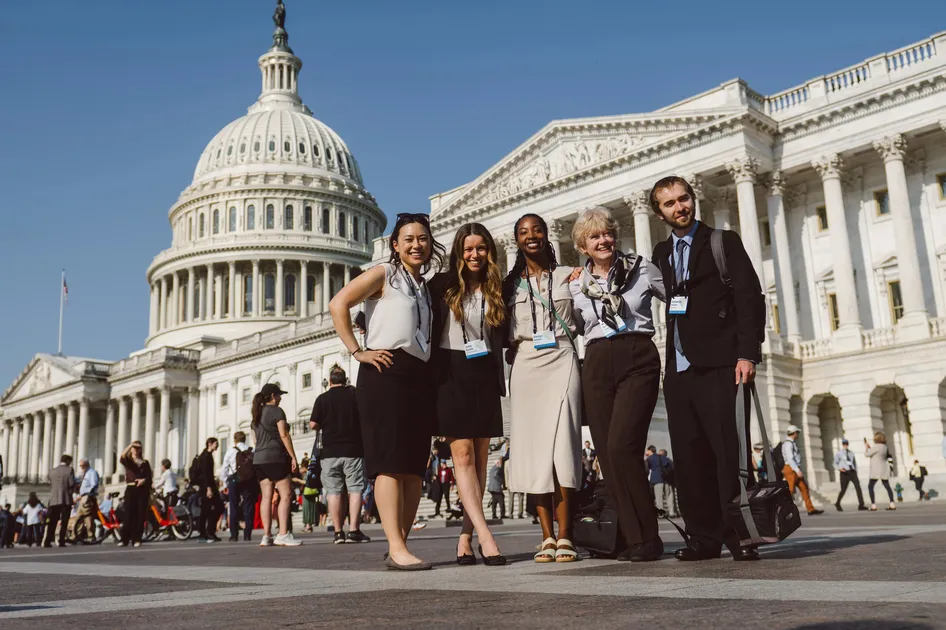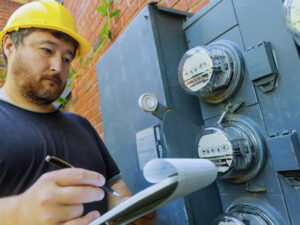Every year, humans produce more than 450 million tons of new plastic, half of which is single-use. Think plastic water bottles, disposable cutlery, or the wrapping in the millions of packages delivered every day.
With all this consumption, plastic waste is definitely a concern for the Earth. But is there really a link between plastics and climate change?
Why is plastic bad for the environment?
Most plastics are made artificially using materials called hydrocarbons that come from fossil fuels, including natural gas and crude oil. Hydrocarbons must be derived through extraction and refining of these materials.
Remember that 450 million tons of plastic we’re producing? 400 million tons of that doesn’t get recycled and ends up as waste. Plastic never really decomposes — it takes over 1,000 years to break down into smaller and smaller pieces. These microplastics eventually end up in rivers, oceans, ecosystems, water supplies and even our stomachs.
How does plastic affect the environment?
Plastics and climate change are inherently linked as plastic is derived from burning and refining fossil fuels. This process creates greenhouse gases that trap carbon pollution in our atmosphere, ultimately contributing to climate change. Plastics also release greenhouse gases as they break down.
As if this wasn’t bad enough, most plastics, especially single-use plastics, end up in landfills. Landfills account for around 15% of methane emissions. Methane is a major contributor to greenhouse gases. The more plastic that is thrown away, the larger our landfills and the more methane they produce.
Is plastic a leading contributor to climate change?
Studies suggest that greenhouse gas emissions caused by plastics will more than double between 2019 and 2060. The increase is estimated to jump from 1.8 billion tons of emissions to 4.3 billion tons in 2060.
Though there is a link between plastics and climate change, plastics are still far from the leading causes of climate change. At present, plastic causes a little over 3% of the world’s carbon pollution each year. This is just half a percent more than the amount of carbon emissions produced from all the airplanes flying around the world.
Meanwhile, generating electricity for our homes and buildings and global transportation produces a much larger share of carbon pollution. About 17.5% of carbon emissions comes from powering buildings, and 16% stems from energy used to power transport on roads, skies and seas.
How does recycling help climate change?
Recycling can help reduce climate change a bit. Using recycled plastic produces less pollution than generating plastic with new materials. But the problem is that very little plastic is actually recycled. Why?
-
- Only certain plastics can be recycled. Many plastics, like films in potato chip bags or materials used in disposable cutlery, are non-recyclable.
- Plastic has a limited lifespan. Because of how much degradation occurs during the recycling process, plastics can usually only be recycled once or twice before becoming waste.
- It’s expensive to recycle plastics. There is low commercial value in recycling, and the process costs money. Recycling is hardly ever profitable, and usually requires government subsidies to become worth the cost.
- There are very few domestic recycling companies. Because it’s not a profitable industry, Western countries like the United States tend to ship plastic overseas. In 2018, China stopped accepting this waste and we began to send it to other Eastern countries. However, these countries have begun to stop accepting our recycling, too.
Estimates vary as to how much plastic is actually successfully recycled globally, but they’re all pretty low. The Organisation for Economic Co-operation and Development found that only 9% of plastics are recycled globally, including just 4% in the United States. The rest is put into landfills, incinerated, or ends up in the environment.
Should I recycle to help climate change?
But don’t toss that plastic bottle into the trash! It’s not a lost cause. Plastic bottles with the number 1 or 2 inside the recycling symbol are successfully recycled almost 30% of the time. And other materials like aluminum and glass can be recycled much more effectively than plastic—so recycling in general is still a good idea.
While reducing and reusing plastic materials are the best options for the planet and its climate, recycling plastic does help a bit, and the Earth needs all the help it can get.
What can I do to solve climate change?
The root causes of plastic pollution and climate change are very similar: overconsumption of non-renewable energy paired with insufficient systems and a lack of legislation. We need to act now to change these systems and preserve our planet for future generations.
Individual actions like recycling and using less plastic are great. But in order to meet our climate goals and avoid dangerously overheating the planet, we need big change — fast. We can’t solve climate change alone, but we can create major change by working together. Here are some effective ways to curb the effects of climate change.
Educate your community
More than 70% of Americans are concerned about climate change, but we often avoid talking about it because it’s such a heavy topic. When we don’t talk about it, we downplay the problem. We need to go out in our communities and talk openly about climate change, how it’s impacting us locally and what we can do about it.
It’s easy to start up a conversation. For example, more than half of Americans believe that recycling has an impact on climate change. They’re not wrong, but it’s a good opener to the larger conversation on plastics and climate change: that we need to focus on big legislative changes to curb carbon pollution from heating and operating our homes and businesses first.
Education can also occur online. Sharing articles on social media, leaving a comment on someone’s post or “liking” educational posts from other pages can help spread the word.
Lobby for better climate legislation
We know that politicians don’t create political will, they respond to it. And that it’s our job as citizens to create so much political will that politicians have no other choice than to do what we ask of them. If they don’t, they risk losing out on reelection.
Lobbying can take many different forms besides attending meetings with your representatives. You can leave a comment on your senator’s Instagram page, write an op-ed in the local paper in support of a bill, or attend a town hall meeting and ask a question. It’s about exercising the power of citizen advocacy and witnessing firsthand that our voices do make a difference.
Join Citizens’ Climate Lobby
Citizens’ Climate Lobby is a nonprofit, nonpartisan grassroots advocacy climate change organization. We empower everyday people to work with their community and their members of Congress. Our supporters cover the political spectrum and work in more than 450 local chapters. Together, we’re building support for national bipartisan solutions to climate change.
Join your local CCL chapter to stop the pollution that’s overheating the planet. We’ll get you connected with a nonpartisan group of neighbors who share your commitment to keeping your community healthy and safe for future generations.








